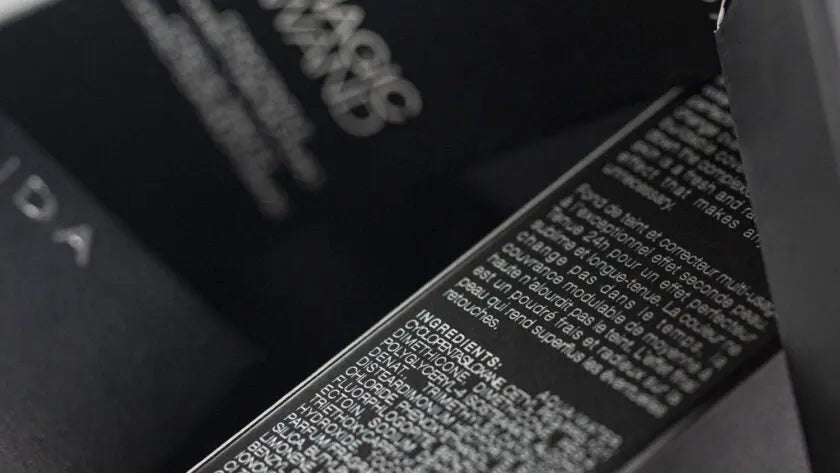
Per una beauty e make-up routine impeccabile, leggere l'INCI è importantissimo! Ecco qualche consiglio per allenare l'occhio.
I cosmetici, dal make-up alle creme per la cura della pelle, sono prodotti di utilizzo quotidiano che entrano dunque costantemente in contatto con la nostra cute. Per questi motivi è necessario porre molta attenzione nella scelta di questi prodotti, assicurandosi di selezionare sempre quelli privi di determinate sostanze sconsigliate e critiche, che molto spesso sono contenute nei cosmetici. Alcuni perchè poco sicuri, altri in quanto fortemente allergenici e altri ancora poiché poco indicati per i soggetti più delicati, come i bambini e le donne incinte: ecco quali sono gli ingredienti cosmetici da evitare e alcuni consigli per leggere l’INCI.
L’etichetta di un prodotto può essere considerata la sua “carta di identità” perché contiene tutte le informazioni che ci possono essere utili in quanto consumatori: gli ingredienti, le avvertenze, i consigli d’uso, ma anche le informazioni riguardanti il Paese d’origine e il produttore.
Cos’è l’INCI?
Iniziamo dalle basi. Cosa si intende per INCI?
INCI è l’acronimo di International Nomenclature of Cosmetic Ingredients ed è un codice che viene utilizzato per indicare gli ingredienti di un prodotto.
Secondo quanto imposto dalla normativa sulla cosmesi, l’etichetta di ogni prodotto deve riportare l’elenco degli ingredienti contenuti nel cosmetico preceduto dalla parola “ingredients”.
La lista non segue un ordine casuale ma gli ingredienti vengono elencati in ordine decrescente tenendo conto della loro concentrazione. Questo significa che gli ingredienti scritti per primi sono presenti nella composizione del prodotto in quantità maggiore, mentre quelli che seguono sono in quantità minore. Infine, quegli ingredienti che sono presenti con una quantità inferiore all’1% possono essere indicati in ordine sparso.
Un altro aspetto fondamentale riguarda la lingua usata per denominare i singoli ingredienti:
- Latino: è la lingua utilizzata per indicare tutte quelle sostanze inserite nella formulazione del prodotto in purezza, ovvero senza subire alcuna modifica chimica.
- Inglese: è utilizzato per indicare gli ingredienti che sono frutto di una sintesi chimica
- Francese: non viene mai utilizzato, fatta eccezione per la parola parfum.
- Codici numerici: identificano i coloranti artificiali utilizzati all’interno del prodotto.
Come leggere l’INCI degli ingredienti dannosi
Ogni confezione commercializzata deve obbligatoriamente riportare l’elenco degli ingredienti contenuti ed è bene però imparare a leggere l’INCI, così da evitare gli elementi dannosi. Ecco un recap dei consigli utili per facilitarvi in questa operazione:
- I primi ingredienti riportati nella lista (lo ripetiamo) sono quelli contenuti nel prodotto in quantità maggiore, e così quelli in fondo alla lista sono presenti in quantità minori.
- Le sostanze di derivazione vegetale che non hanno subito processi chimici sono espresse attraverso il loro nome latino, seguito dalla rispettiva traduzione in inglese.
- Quelle che hanno subito un processo chimico sono scritte in inglese.
- Le sigle che iniziano per C.I. indicano i coloranti (colour index) e sono seguite da un numero identificativo di 5 cifre.
- I nomi che terminano con -thicone, -one, -ane, -siloxane e -silanol, fanno riferimento ai siliconi presenti.
- I petrolati sono identificati con i seguenti nomi: Mineral Oil, Paraffinum Liquidum, Petrolatum, Propylene glycol, Isopropyl, Vaselina, Cera microcristallina.
I più diffusi ingredienti da evitare
Tra i numerosi ingredienti da evitare, i più diffusi sono:
- I parabeni;
- Il nichel;
- Gli altri metalli pesanti.
Tutti i prodotti firmati Mesauda, infatti, sono sprovvisti di questi elementi. I nostri cosmetici sono conformi a tutti i requisiti della legislazione cosmetica europea e, nel rispetto del Regolamento EU n.1223/2009, non contengono metalli pesanti. Il Nichel, per esempio, non viene mai utilizzato come componente nella produzione dei cosmetici in quanto vietato dalla Comunità Europea: non è infatti presente nelle liste degli ingredienti di alcuno dei nostri prodotti.
Tuttavia, può però capitare che i prodotti classificati come “Nichel tested” contengano percentuali minime di Nichel dovute al processo di lavorazione, ma che sono comunque inferiori al limite massimo previsto dalla legge.


Commenti (0)
Torna al Tendenze